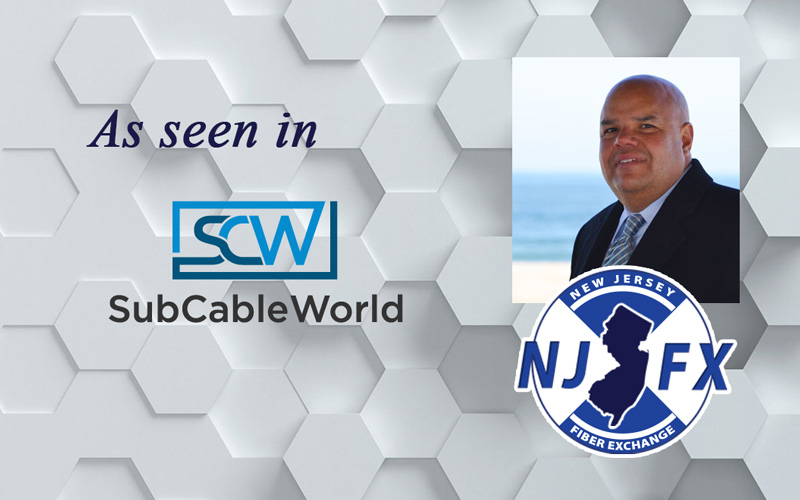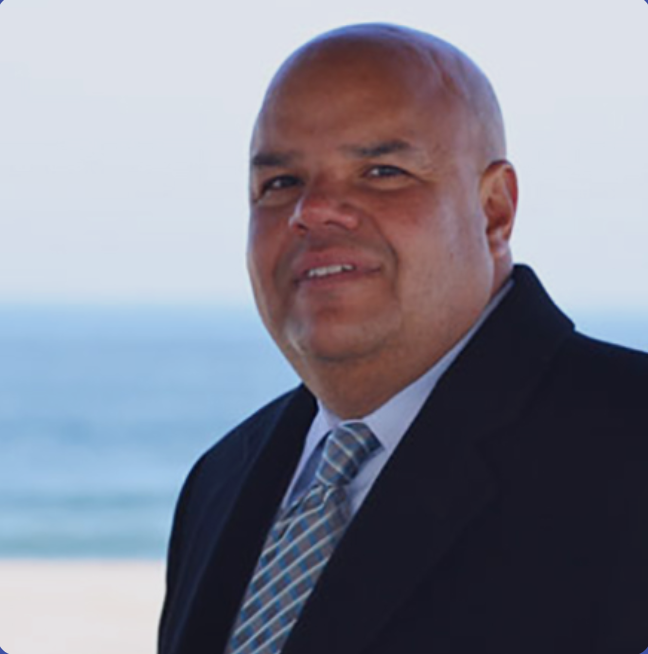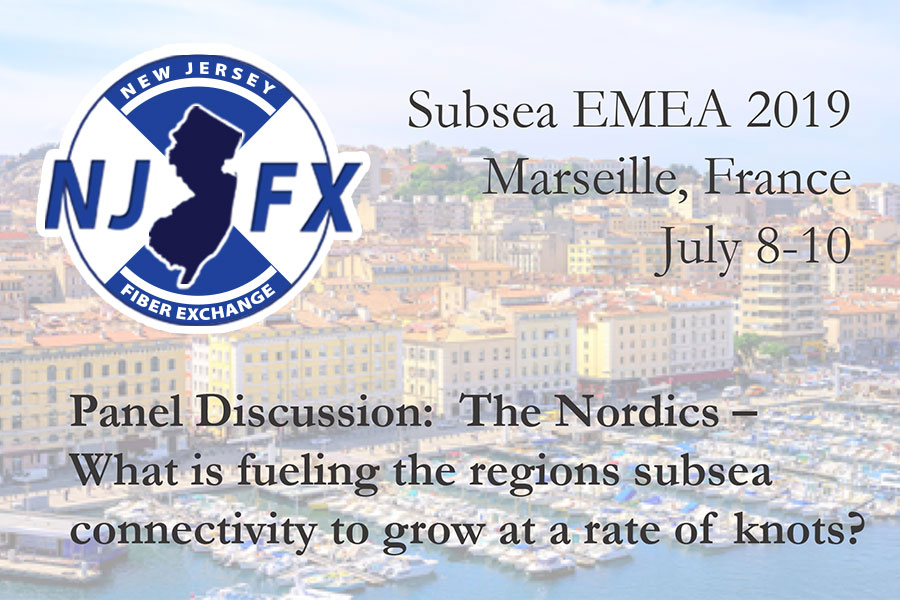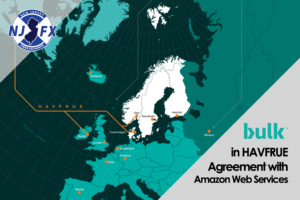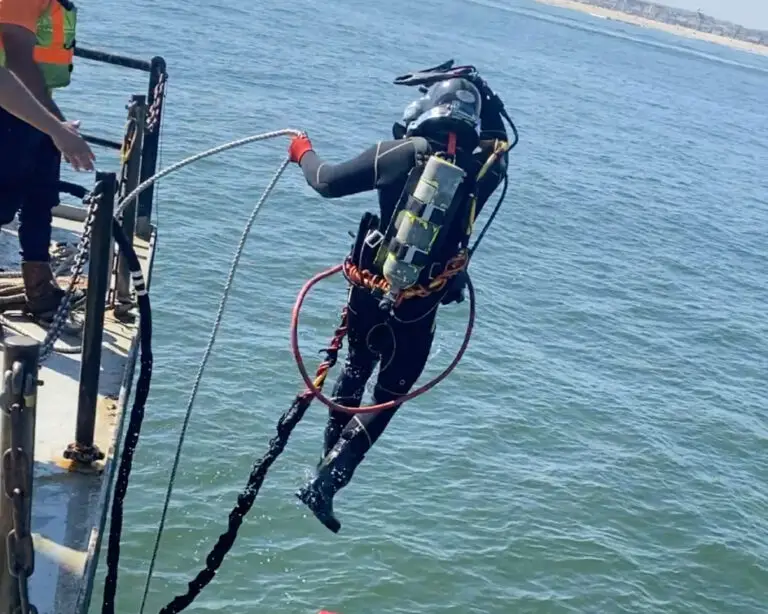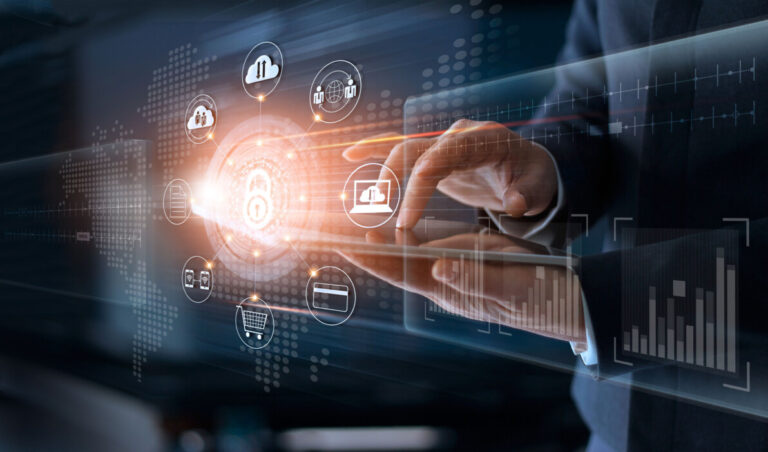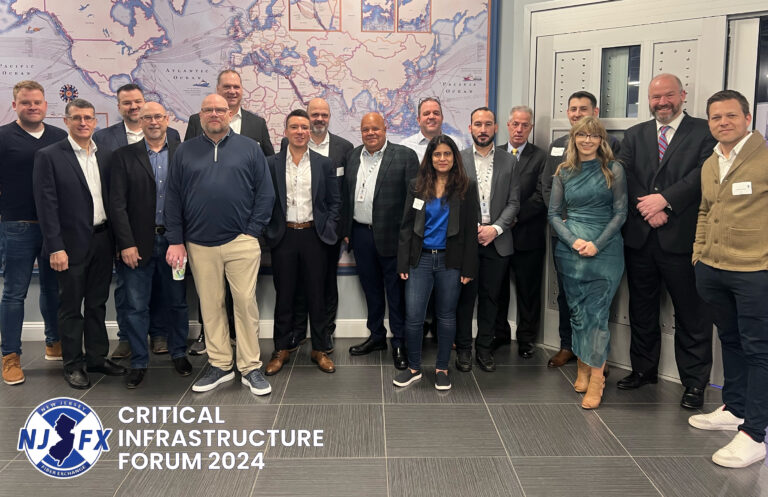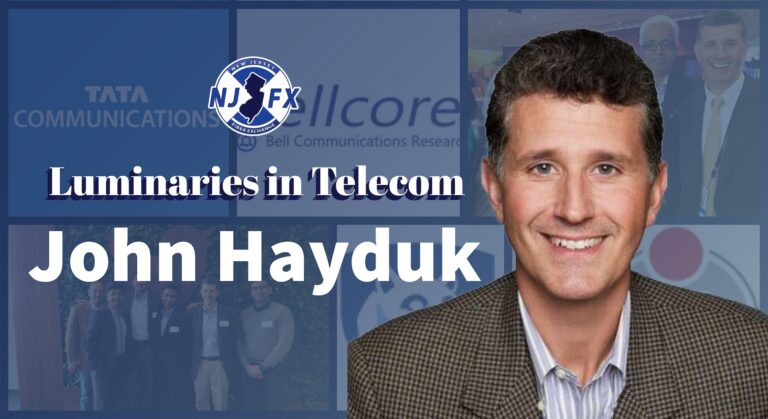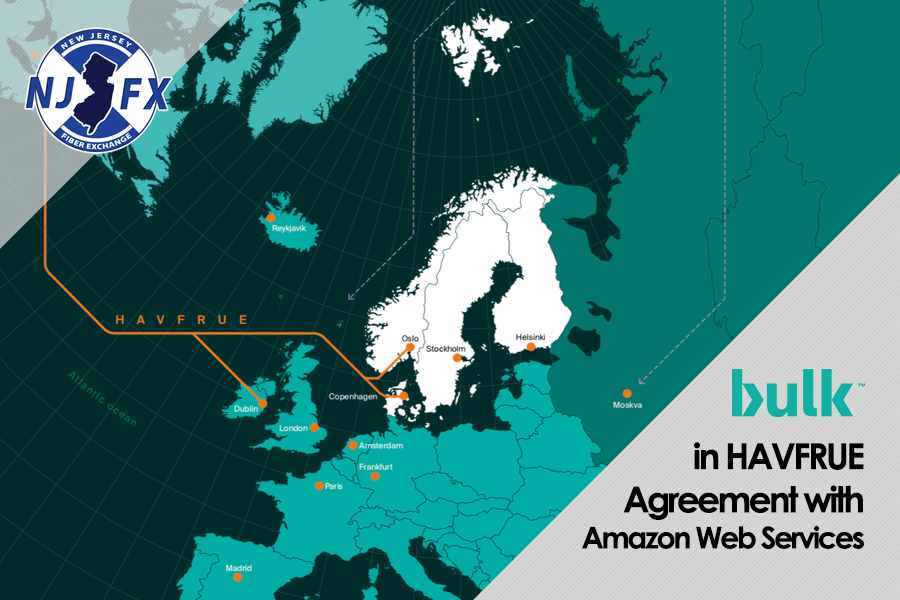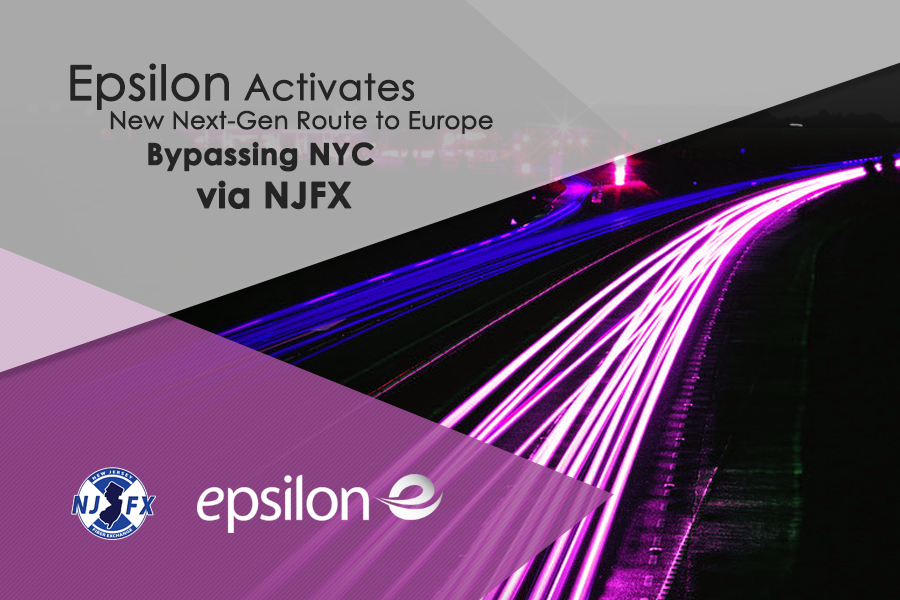NJFX and Telxius Ecosystems are Booming – Increasing Global Connectivity Options with First-Ever Dual Cable Landing Station Terrestrial Connection
NJFX and Telxius Ecosystems are Booming – Increasing Global Connectivity Options with First-Ever Dual Cable Landing Station Terrestrial Connection
Windstream connects Wall NJ to Virginia Beach Supporting over 500 Terabits per second of transmission Capacity
October 14, 2019

Wall, NJ and Madrid, Spain – NJFX, the only Cable Landing Station (CLS) colocation campus in the U.S offering Tier 3, carrier-neutral data center capabilities, and Telxius, the communications infrastructure company of the Telefónica Group, announce significant development at their Cable Landing Station (CLS) campuses. As a driver of collaboration among carriers, subsea cable operators, enterprises and cloud providers within its CLS ecosystem, NJFX marks the spot of the first-ever CLS to CLS terrestrial interconnection, which connects NJFX CLS in Wall, NJ to Telxius facilities at the CLS in Virginia Beach, VA. The NJFX ecosystem boom is driven in part by its strategic location 64 feet above sea level and Category 5 hurricane resistant CLS campus with access to three subsea cables today, increasing to a total of four subsea cables in 4Q2019 that will exceed capacity of 500 Terabits per second of transmission capacity. The Telxius communications campus at Virginia Beach provides direct access to the top 2 capacity subsea cables in the world, MAREA and BRUSA.
“We are proud to be the catalyst of the first-ever CLS to CLS terrestrial route,” states Gil Santaliz, CEO for NJFX. “This is an integral part of the shift the industry is seeing in new infrastructure being deployed to replace the old networking models. The total capacity of the subsea cables coming out of these two cable landing stations is greater than all of the capacity of the previously placed North American subsea cables stretching across the Atlantic combined. Windstream and Telxius are bilaterally leveraging each company’s routes to address customer network diversity requirements and capacity needs. The potential for clients is endless.”
“Telxius as a world-class communications infrastructure company, is keen to enable the interconnection of two key cable landing stations in the US, offering the strategic ability of network protection at the subsea cable level,” states Gerardo Bonilla, Head of Sales for Telxius. “A pioneer as the first provider with connectivity between these two cable landing stations, Windstream can offer robust options to customers to use either cable landing station. Our companies are now able to provide our respective customers end to end global solutions leveraging Windstream’s robust US network and the Telxius subsea global network. Additionally, we are happy to be able to offer services over MAREA and BRUSA from NJFX facilities, creating tremendous value.”
“Our fiber deployment between two of the most important cable landing stations along the east coast aligns with Windstream’s core strategy to take our national network – global,” comments Joe Scattareggia, Executive Vice President, Windstream Wholesale. “Our fiber connectivity across the US from Canada to Mexico, combined with our build out at the NJFX CLS campus in New Jersey and at the Telxius CLS campus in Virginia Beach, offers customers the ability to leverage our national network and go beyond.”
Windstream’s state-of-the-art domestic network consists of approximately 150,000 fiber route miles and connects Tier 1, 2 and 3 cities across the nation. Secure and robust, the core network’s high-performance, point-to-point 1G to 100G optical transport ensures direct connectivity, transparency and control to support customer diversity requirements. In addition, Windstream also provides access to cloud resources at the edge, including from the most popular carrier hotels and data centers to unique locations not available with other carriers. Windstream provides high-speed connectivity directly into NJFX CLS and Telxius CLS campus, enabling access to multiple subsea cable systems. Customers can now also extend their reach through Telxius’s network into South America and Europe.
NJFX’s CLS campus offers access to four subsea cable systems to Europe and South America and seven independent US fiber based backhaul providers. Customers can access points of presence in 15 countries across Central and South America, Mexico and the Caribbean.
The Telxius CLS campus in Virginia Beach, includes the Telxius facilities at the MAREA and BRUSA CLS. MAREA’s 200 Tbps transmission capacity plus BRUSA’s 138 Tbps equal that of the top 10 hub cities in the world combined, ranked by international capacity.[1] They are uniquely suited to deliver massive capacity and the lowest possible latencies. In addition to offering direct access to those two subsea cable systems to Europe and South America, the Telxius CLS campus features connections with several independent US fiber based backhaul providers. Access to other advanced subsea cables will be completed soon. Additionally, the Telxius Communications Campus in Virginia Beach connects directly to main data center campuses in Ashburn, Richmond and Phoenix.
For a meeting with Telxius executives, please email [email protected]. For more information on Telxius, go to www.telxius.com.
To request a meeting with NJFX executives, please email [email protected]. For more information, please visit www.njfx.net.
###
About NJFX:
NJFX is a Tier 3 Carrier Neutral Cable Landing Station campus. Our colocation ecosystem has expanded to over 35 network operators offering flexibility, reliability, and security. Our Wall, NJ location provides direct access to multiple subsea cable systems giving our carriers diverse connectivity solutions and offers direct interconnection without recurring cross-connect fees.
About Telxius
Telxius is the infrastructure company of the Telefónica Group including tower and subsea cable business segments. Telxius effectively serves customers through an international network of 87,000 km of high capacity fiber optic subsea cables, including MAREA and BRUSA, the two highest capacity systems in the world, to go up to 100,000 km by 2021. In addition, the company features an extensive 17,550 tower portfolio, being the leading tower company in Spain, Germany, Peru and Argentina and a main provider in Brazil and Chile.
More In the News
50 Innovative Companies to Watch 2021
50 Innovative Companies to Watch 2021 The First and Only Carrier Neutral Cable Landing Station Colocation Campus in the United States: NJFX “We are getting

What is a submarine cable? Subsea fiber explained
What is a submarine cable? Subsea fiber explained Our wireless world depends on a few hundred fiber cables laid on the ocean floor Original article
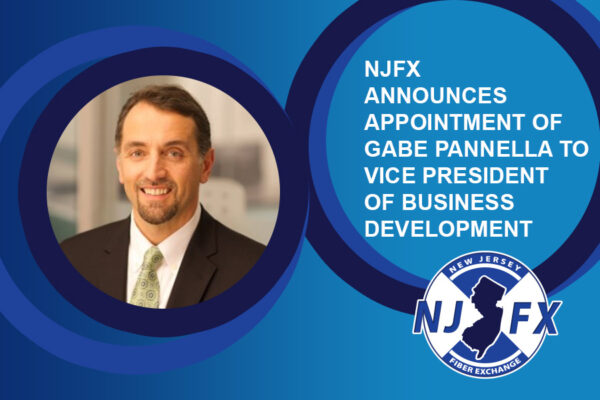
NJFX Announces Appointment of Gabe Pannella to Vice President of Business Development
September 24, Wall Twp., NJ – NJFX, the only Cable Landing Station (CLS) colocation campus in the U.S offering Tier 3, carrier-neutral data center capabilities, welcomes Gabe
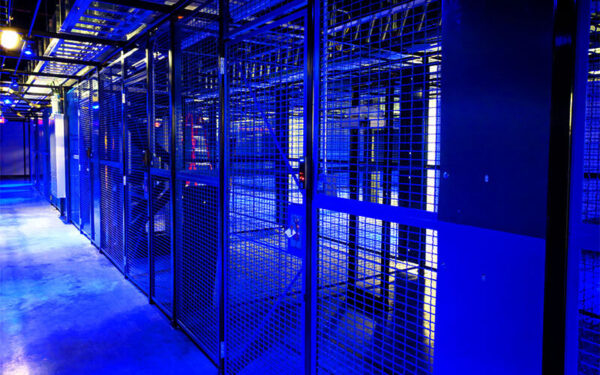
The Rise of 5G Continues to Drive the Proliferation of Subsea Cables
The Rise of 5G Continues to Drive the Proliferation of Subsea Cables Original Article posted at DigitalInfraNetwork.com by Mark Venables August 10, 2022 Since the first
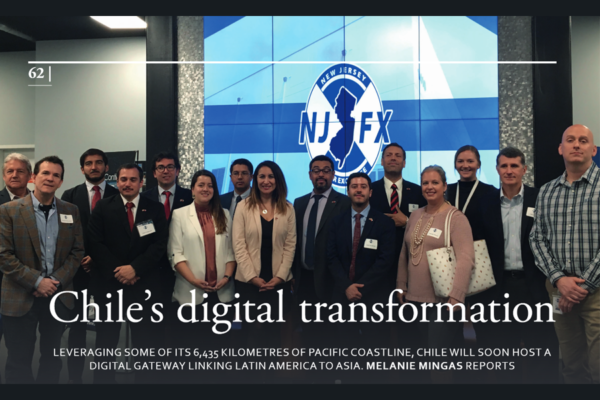
Chile’s Digital Transformation
Chile’s Digital Transformation Gil Santaliz CEO Ryan Imkemeier Cable Landing Station Manager Originally published by Capacity Media on May 17, 2021. May 19, 2021 In March
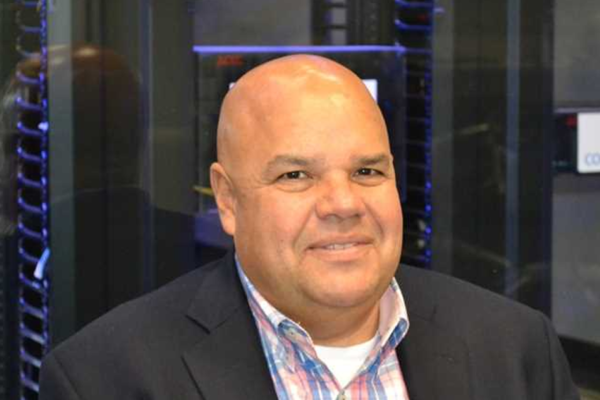
Chile’s Digital Transformation
Chile’s Digital Transformation Leveraging its Pacific coast, Chile will soon host a digital gateway linking Latin America to Asia. But with the power to solve a

